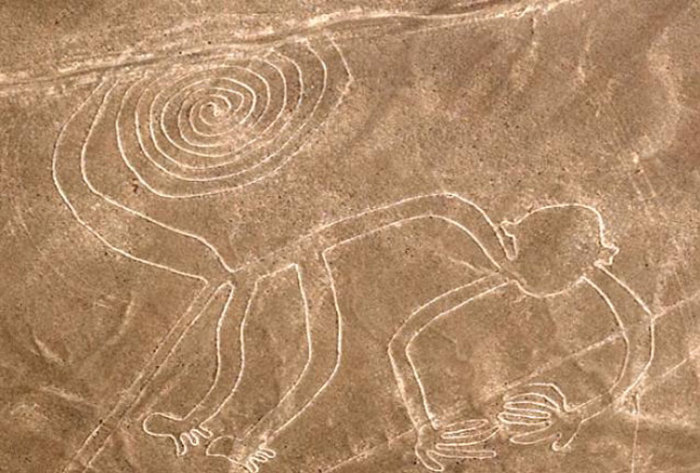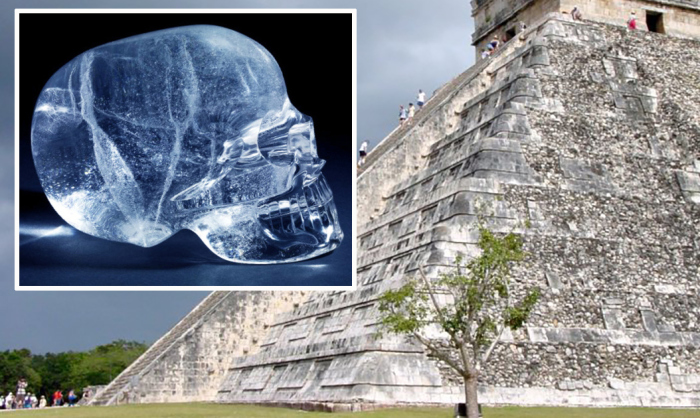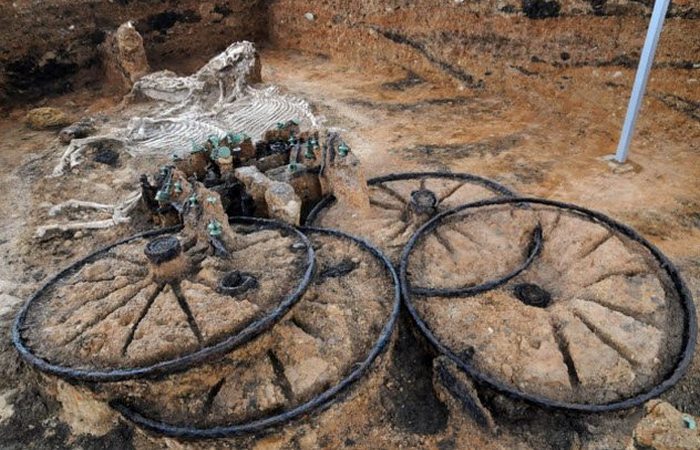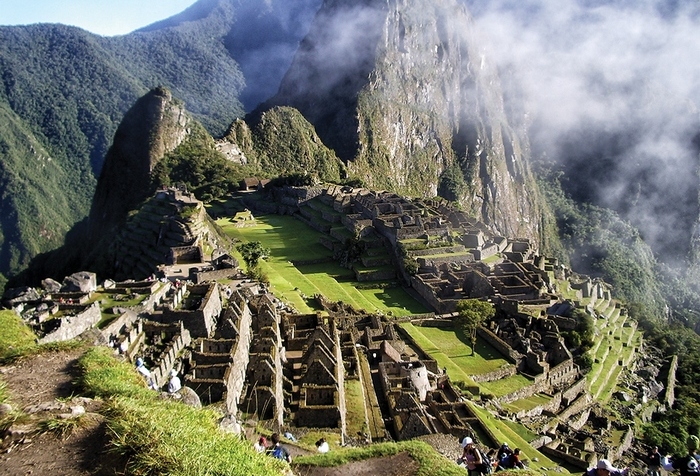A spiral of skeletons, a bound woman and other ancient tombs that seem strange
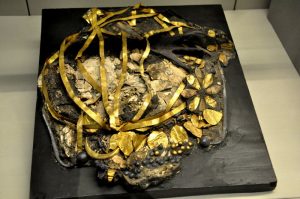 It so happened in history that after the death of a man he expected a funeral rite. How exactly to bury a person – in a stone tomb, a wooden coffin, or burned on a fire, determined social religious and cultural norms. Therefore, the ancient burials that modern archaeologists discover are sometimes so strange that they simply drive scientists to a dead end.
It so happened in history that after the death of a man he expected a funeral rite. How exactly to bury a person – in a stone tomb, a wooden coffin, or burned on a fire, determined social religious and cultural norms. Therefore, the ancient burials that modern archaeologists discover are sometimes so strange that they simply drive scientists to a dead end.
1. Grave of babies
In Pachacamac (near modern Lima, Peru), a grave was found, in which there were about 80 people buried around 1000 AD They belonged to the ichma nation, which preceded the Incas. Half of the remains belonged to adults who were laid in the poses of embryos. On the corpses wrapped in a sheet (mostly decomposed during this time), heads were carved from wood or made from clay. The other half of the dead were babies that were placed in a circle around the adults.
Perhaps the babies were sacrificed. They were all buried at the same time, but this is just a theory. A large number of adults had serious illnesses, such as cancer or syphilis. Skeletons of animals (guinea pigs, dogs, alpacs or llamas), which were sacrificed and placed in a tomb, were also found.
2. Spiral of skeletons
In modern Tlalpan, Mexico, archaeologists have discovered a 2400-year-old burial site containing 10 skeletons arranged in a spiral. Each body was laid on its side, while the legs pointed to the center of the circle formed by the bodies. His hands were intertwined with the hands of people lying on both sides. Each skeleton was partially laid on the other in a slightly different way. For example, the head of one person was laid on the chest of another.
The deceased were of completely different ages: from the infant and the child to the old. Among adults, two women and one man were identified. Two skeletons had skulls that were definitely artificially modified. Some also had teeth modified, which was common practice at the time. The cause of death of these people is still unknown.
3. Standing burial
A 7,000-year-old male skeleton was found in the Mesolithic cemetery, north of present-day Berlin. Besides the fact that it was a Mesolithic burial, which are so rarely found, the most unusual was that this man was buried standing up. Initially, he was buried on his knees, so his upper body partially decomposed, before the corpse was reburied standing. The man was buried with flint and bone tools, so he was most likely a hunter-gatherer. Similar burials were also found at the cemetery known as Oleniy Ostrov in Karelia, Russia. Four people were found in a large cemetery, who were also buried while standing, at about the same time.
4. Sacrificial children
In Derbyshire, England, a mass grave was discovered, in which there were 300 soldiers of the Viking army. Although this mass grave was not unusual, another burial site was found next to it, in which four people were buried, from 8 to 18 years old. The children were placed back to back, and at their feet lay a sheep’s jaw. Their grave dates from about the same time as the Viking burial, at least two of the children died from injuries. Their location and potential cause of death led researchers to believe that children might have been sacrificed to bury alongside fallen warriors. Perhaps it was part of the ritual for the children to accompany the dead soldiers in the afterlife.
5. A man killed by spears.
In the burial of the Iron Age (modern Poklington, England) found 75 burial chambers (mounds) with the remains of more than 160 people. In one of these graves lay a teenager 18-22 years old, who was buried with his sword 2500 years ago. A distinctive part of his burial is that after the young man was placed in the grave, he was slaughtered with five spears. Researchers believe that this man may have been a high-ranking warrior, and in the course of such a ritual they wanted to free his spirit.
6. Tied up woman
In modern Plovdiv, Bulgaria, during the excavations of the ancient Thracian and Roman fortress Nebete Tepe, a medieval tomb of a woman of the 13th-14th centuries was found. The grave was different from other burials found in this place in that the woman was placed face down in her and her hands were tied behind her back. Although burial places were found all over the world, people usually did not bind the dead. The archaeologists who excavated the grave have never seen such a burial in the area. They believe that this may have been a punishment for any criminal activity.
